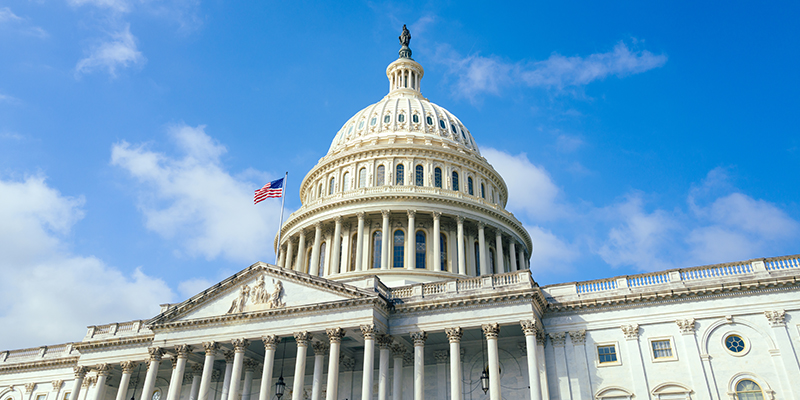In a historic achievement, NAIOP Hawaii’s Government Affairs Committee has successfully seen its first authored piece of legislation become state law. Act 31, which creates a new Affordable Housing Credit (AHC) program under Hawaii Revised Statute (HRS) Section 201H-38, became law on May 28, 2024, and marks a significant milestone in the effort to address Hawaii’s pressing housing crisis. This innovative program aims to incentivize real estate developers to build more affordable housing, addressing the dire need for such units in the state.
Understanding HRS Chapter 201H-38
HRS Chapter 201H-38 is a provision administered by the Hawaii Housing Finance and Development Corporation (HHFDC). This statute provides significant regulatory relief for housing projects that meet specific affordability criteria. Under this chapter, developers can obtain exemptions from various statutes, ordinances and rules related to planning, zoning and construction standards. These exemptions can include:
- Zoning Variances: Allowing for changes in maximum height, density (floor area ratio, or FAR), property-line setbacks and transitional height setbacks.
- Use Flexibility: Permitting residential use in non-residential zones.
- Fee Waivers: Exemptions from certain city and state fees, such as water, sewer and park dedication fees.
To qualify for these exemptions, a project must have more than 50% of its units designated as affordable, targeting households with incomes ranging from 80% to 140% of the Area Median Income (AMI), as defined by HUD. Additionally, these projects must undergo a public meeting to gather community input and, in some cases, complete an Environmental Assessment (EA) or Environmental Impact Statement (EIS).
Challenges Facing 201H-38 Projects
Despite the benefits offered under HRS Section 201H-38, developers face significant challenges, particularly due to rising mortgage rates. Higher interest rates increase housing costs, which directly impacts the affordability of units. For a project to remain viable under the program’s maximum household income spend requirement of 38%, the maximum sale price of affordable units must decrease as mortgage rates rise. This economic pressure can make it difficult for developers to justify the financial risk of building housing, underscoring the need for additional incentives like the 201H AHC program.
Introduction to Affordable Housing Credits (AHCs)
AHCs are a novel solution designed to mitigate the financial challenges of building affordable housing. These credits are granted to developers for constructing affordable units, as defined by each county. Here’s how AHCs work:
- Monetary Value: AHCs hold significant monetary value, providing a financial incentive for developers to build affordable housing.
- Flexibility: AHCs can be sold, transferred or used to meet the affordable housing obligations of other projects, offering flexibility and liquidity.
- Subsidy: By offering a tangible financial benefit, AHCs help close the gap in project financing, making affordable housing projects more economically viable.
The 201H Affordable Housing Credit Program
The 201H Affordable Housing Credit (AHC) Program is a game-changing initiative that leverages the concept of AHCs to drive the development of affordable housing. Here are the key features of the program:
- Credit Earned: Projects utilizing HRS 201H-38 will receive a county-issued affordable housing credit for each income-specified unit built.
- Applicability: Credits apply to both for-sale and for-rent 201H projects.
- Credit Expiration: These credits do not expire, providing long-term value.
- Geographical Use: Credits must be used within the same county as the originating 201H project.
- Exclusions: Projects that utilize Low Income Housing Tax Credits (LIHTC) are not eligible for 201H AHCs.
- Issuance Timing: Credits are issued upon the project’s receipt of a Certificate of Occupancy.
- Utilization Cap: Credits can fulfill up to 50% of a market-rate project’s affordable housing requirement, unless a higher percentage is agreed upon by the county.
- Program Duration: This pilot program is set to expire on July 1, 2031, unless renewed by legislation.
- Transparency: The program includes requirements for the public recordation of AHC issuance, transfer, and utilization to maintain transparency.
- Memorandums of Agreement (MOAs): HHFDC may execute MOAs with counties to clarify the conditions of credit issuance, transfer, and redemption.
Example Utilization
Imagine a developer working on a mixed-income development under HRS 201H-38. The developer earns AHCs for each affordable (less than or equal to 140% AMI) unit built. These credits can then be sold or transferred to market-rate developers needing to meet affordable housing obligations, effectively creating a privately funded financial subsidy that supports the “pre-building” of affordable units to expedite the delivery of affordable housing in Hawaii.
Conclusion
Hawaii’s new 201H Affordable Housing Credit program under Act 31 represents a significant advancement in the state’s efforts to combat its housing crisis. By providing developers with valuable credits, this program encourages the construction of affordable housing, addressing a critical need in the community.
NAIOP Hawaii Government Affairs Committee: The Champions of Act 31
The successful enactment of Act 31 can be largely attributed to the tireless efforts of the NAIOP Hawaii Government Affairs Committee. This dedicated group played a pivotal role in authoring and championing the bill, ensuring its passage and implementation. Their commitment to improving Hawaii’s housing landscape is commendable, and their work continues to benefit the state’s residents and real estate industry alike.
For more information on the 201H Affordable Housing Credit Program, please reach out to NAIOP Hawaii.








